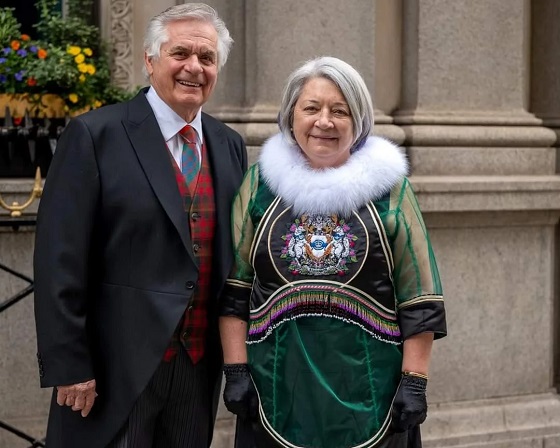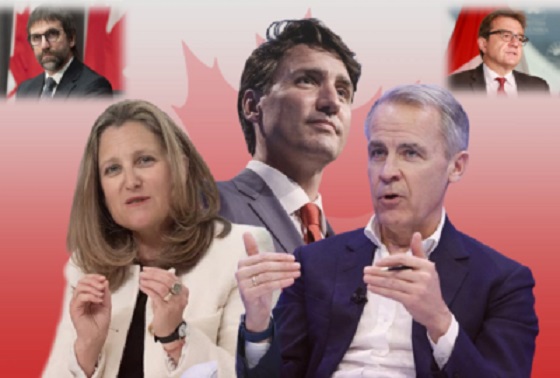Opinion
Britain’s Collapse Is Coming—How Long Until Canada Joins Them?
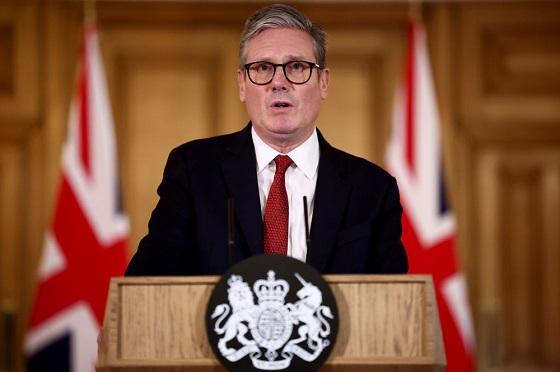
The Audit
The UK is said to be in some trouble these days. Assessing the extent of the trouble might depend on who you ask. The pessimists insist that the country’s on the very brink of economic and social collapse.
The scent of chaos is strong and I’m sure having Keir Starmer in charge isn’t helping. Watching his face as he speaks leaves me with the distinct impression that the poor fellow is convinced that if he doesn’t say just the right words his blackmailers will do unspeakable things to his wife and children. At least that would explain the complete disconnect between his words and policies vs reality.
Personally, I’m not following developments that closely. I haven’t actually set foot in the UK for more than 40 years – and even then I don’t remember feeling all that welcome. But I am curious to know whether Canada’s own economic and social policies are driving us towards a similar dark fate.
This article by someone calling himself Mr. Star does a good job defining the pessimists’ perspective on the UK. Here’s a brief summary:
Fiscal & Economic Issues
- Triple-lock pensions drive unsustainable spending.
- Expensive welfare schemes (free cars for the disabled, disability benefits, social housing for foreign-born).
- NHS labeled inefficient and costly.
- ~$202B budget deficit projected for FY 2025.
- Wealthy individuals and companies leaving due to high taxes and uncertainty.
- Court rulings on “equal pay” destabilizing service sectors and bankrupting councils.
- Heavy debt burden; 25% inflation-linked, high interest costs from COVID-era QE.
- Economic stagnation; immigration used as a substitute for investment/productivity.
Immigration & Social Cohesion
- Large-scale legal and illegal immigration (small boat crisis).
- Grooming gang scandals and alleged cover-ups.
- Violent gang culture tied to migrant demographics.
- Frequent protests, riots, and rising racial/political polarization.
- Left-wing populist and Green-Islamist coalitions emerging in urban areas.
Social Inequality
- Severe North–South economic divide.
- Rising wealth inequality and eroded upward mobility.
- Housing affordability crisis.
Political & Institutional Dysfunction
- Weak governance and corruption in Westminster and Whitehall.
- Watchdogs (OBR) accused of misleading reporting.
- Bureaucracy focused on political cover-ups.
- No effective leadership or clear national vision; parties seen as inept.
I can’t confirm all of those claims, but they do give us a starting point for a conversation. Let’s see how Canada is currently holding up against such threats.
Canada certainly faces growing budget deficits, plenty of debt maintenance costs, and significant entitlement spending commitments. But those are nothing like the “triple-lock” pension payments and “quantitative easement” fallout that are hitting the UK. And our CPP is still actuarially sound.
It’s certainly true that recent second quarter GDP numbers here in Canada paint a grim picture of a contracting economy. But the UK’s general stagnation and evidence of an exodus of high-wealth citizens are in a league of their own. And so far at least, Canadian courts haven’t given us anything like the heavy handed wage controls that are so crippling for UK employers – both public and private.
The social pressures created by Britain’s high immigration rates (one percent per year) are scary. But Canada’s rate is probably even higher – although nearly all of that immigration is legal. The real tension in both countries is caused by the inexplicable fact that while public sentiment clearly prefers reductions in immigration rates, governments – the odd empty promise notwithstanding – seem determined to open the valves as wide as they’ll go.
For whatever it’s worth, institutional trust feels marginally higher here compared to what I’m hearing from the UK. But we’re still ruled by a federal party that was apparently preferred by only 29 percent of eligible voters. That’s hardly a ringing endorsement. Although it’s also hardly unique in the historical scheme of things.
Regional inequality (compare London vs the rest of the country to Ontario and Quebec vs Alberta) and urban housing affordability are pretty much equally destabilizing in both countries.
One area where things clearly haven’t deteriorated so badly here as in the UK is free speech. Last April, the Times of London reported that British police were arresting more than 30 people a day (that’s 12,000 a year) for “offensive” social media posts. There may be political forces in Canada pushing for this kind of totalitarian overreach, but they thankfully haven’t yet succeeded to that extent.
All that adds up to my tentative conclusion that Canada isn’t necessarily circling the same drain as the UK. We’re still in a position where turning things around is possible even in the absence of miraculous intervention.
Perhaps there’s hope.
Subscribe to The Audit.
For the full experience, upgrade your subscription.
Do you have colleagues or friends who might appreciate this?
Why not share the wealth:
Christopher Rufo
Radical Normie Terrorism

Why are Middle American families producing monsters?
In the 1960s and 1970s, America witnessed a wave of political terrorism. Left-wing radicals hijacked airplanes, set bombs in government buildings, and assassinated police officers in service of political goals. The perpetrators were almost always organized, belonging to groups like the Weathermen or the Black Liberation Army. These groups demanded the release of prisoners, denounced capitalism, or called for violent revolution against the United States. Their members were radical but largely lucid, justifying their actions with appeals to a higher cause.
In recent years, a new form of terror has emerged: decentralized, digitally driven violence organized not around coherent ideologies but around memes, fantasies, and nihilistic impulses. The perpetrators of this low-grade terror campaign do not belong to hierarchical organizations or pursue concrete political aims. More often, they come from ordinary families and lash out in acts of violence without discernible purpose.
At the close of this summer, two such incidents underscored the trend: the attack on schoolchildren at Annunciation Catholic Church in Minneapolis, Minnesota, and the assassination of Charlie Kirk in Orem, Utah. Though the first resembled the school-shooter archetype and the second evoked a JFK-style political assassination, both share psychological and sociological roots that make them more alike than they initially appear.
The new terror campaign is defined by a particular kind of psychopathology. It is perhaps tautological that anyone willing to kill innocent schoolchildren as they are praying or to assassinate a popular podcast host in broad daylight is pathological. But in these cases, both alleged killers—Robin Westman (formerly Robert Westman), and Tyler Robinson—left behind several warning signs that were psychological in nature.
Westman, the alleged Annunciation shooter, left a diary detailing fantasies and inner turmoil related to his transgender identity. While he decorated his weapons with pithy slogans, including “Kill Donald Trump,” “Burn Israel,” and “Nuke India,” these were memes and ironies, designed to give the appearance of ideology, concealing a potentially more disturbing motive. He was in the throes of a transgender identity crisis and had fantasized about being a demon and wanting to watch children suffer. The ideology was a brittle shell around a deeper emptiness that could only be satisfied with horror.
Robinson, Charlie Kirk’s alleged assassin, reportedly spent thousands of hours playing video games, had an account on sexual fetish websites, and played a “dating simulator” game involving “furries,” muscular cartoon characters that are half-animal and half-man. Officials claim that Robinson had moved in with a boyfriend who identified as transgender and to whom he confessed the crime. Like Westman, Robinson inscribed slogans on the shell casings he used in the assassination, including a message about noticing the “bulge” of male genitalia through women’s clothing. The fact that Robinson waited until Kirk began to answer a question about transgender mass shootings seems to reinforce the point.
In addition to their shared fixation with transgenderism, both Westman and Robinson immersed themselves in peculiar digital subcultures. These online spaces were not hubs of Marxism—or even transgenderism, strictly speaking—but of memes, attitudes, copycatting, in-jokes, and irony that, in certain cases, spilled over into violence. Both men allegedly acted out their fantasies not to advance a coherent ideology shaped by study or political organizing but to gratify an obscure personal urge.
In a note to his transgender boyfriend, Robinson wrote that he wanted to stop Charlie Kirk’s “hate.” While this may hint at a nascent ideology, the remark was perfunctory and incidental to the crime. Robinson did not seek to change policy or dismantle a system of government. He seems instead to have wanted to kill a man who spoke openly about transgenderism and embodied a vague notion of “hate.”
Another striking pattern in these crimes is that, at least from initial reporting, the alleged perpetrators came from ordinary, middle-class, Middle American families. Westman’s mother, for example, was active in her Catholic parish in Minneapolis. These were not visibly broken homes but functional households that nonetheless produced monsters—what we might call “radical normie terrorism.”
Radical normie terrorism poses a new challenge for law enforcement. As a veteran FBI agent told me, domestic law enforcement has no systematic program to identify, assess, and respond to this kind of online radicalization. The Bureau still relies on old-fashioned methods—processing tips, knocking on doors, interviewing witnesses—and, in most cases, cannot intervene against disturbed individuals until after they strike.
These acts of terror reflect something dark in our nation’s soul. The perpetrators were so dissatisfied with their middle-class lives that they sought to destroy the highest symbols of their society: murdering children in church pews, an attack on God; and murdering a political speaker in cold blood, an attack on the republic.
Stopping similar killers in the future will be a major challenge. The Internet is hard to police and culture hard to reform. But we should keep the stakes in mind as we work to protect the things we love and grapple for a solution, however elusive it may seem.
Invite your friends and earn rewards
Business
Watchdog Calls Out Carney’s Lack of Ethics Code
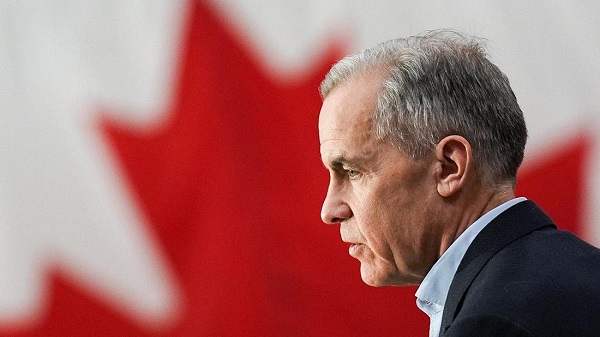
Democracy Watch Demands PM Re-Enact Full Ministerial Code and End Conflicts by Selling Investments as House Committee Probes Loophole-Ridden Ethics Law
The House of Commons Ethics Committee is finally cracking open the federal Conflict of Interest Act. It’s the first real review in years. And it’s overdue. Today, Democracy Watch is calling on Prime Minister Mark Carney to do something simple and obvious: re-issue the Prime Minister’s code for ministers and staff—publicly, in full—and work with every party to shut the gaping loopholes that have turned Canada’s ethics rules into a suggestion box.
The only publicly posted rulebook is still the 2015 “Open and Accountable Government” guide. It wasn’t signed by Mark Carney. It was signed by Justin Trudeau. Before that, Stephen Harper had his own “Accountable Government” code in 2007, which he strengthened in 2011. Paul Martin re-issued the code in 2004 as “Responsible Government,” and Jean Chrétien was the first to bring it in back in 2002. Every Prime Minister for more than two decades has put their name to a code—except Carney.
That’s a problem. Canadians deserve crystal-clear, enforceable standards: honesty, no apparent conflicts, decisions based on merit, real guardrails on political activity, fundraising, and dealings with lobbyists—and ministerial staff held to the same line. Put the rules in the PM’s own name or admit you plan to weaken them.
“Failing to re-enact the code—or watering it down—would gut already weak rules and further trash public trust,” said Duff Conacher, PhD (Law), Co-founder of Democracy Watch. “Canadians want standards with teeth, not press releases dressed up as ethics.”
Here’s what’s driving the urgency. The Conflict of Interest Act still lets the Prime Minister park massive holdings behind instruments branded as “blind trusts” or “ethics screens.” In practice, those devices often conceal participation; they don’t prevent it. That’s not oversight. That’s camouflage. Democracy Watch’s position is blunt: if you want to end the conflicts, sell the assets. Full divestment, including buyouts of stock options by Brookfield and any other connected companies, as past inquiries recommended.
“Prime Minister Carney’s so-called blind trust is not blind, and his ethics screen is an opaque mechanism that invites doubt about who benefits when the government acts,” Conacher said. “The fix is obvious: sell the investments. Anything less keeps Canadians in the dark.”
Parliament now has a choice. Use this committee review to close loopholes around blind trusts and ethics screens. Spell out what “improperly furthering private interests” really means. Put real independence, transparency, and penalties into law. And stop the double standard: cabinet and staff should face rules at least as tough as those on public servants and senators.
Democracy Watch is also urging broader reforms: clean up lobbying secrecy, slash the federal donation limit to cut off cash-for-access politics, protect whistleblowers who tell the truth, fix the federal access-to-information black box, and take the appointment of watchdogs out of the hands of the very politicians they’re supposed to police—no re-appointments, no cozy incentives.
And let’s be clear: this isn’t just Democracy Watch griping. It has credible grounding in the history of Canadian ethics law. The 1984 Starr–Sharp Task Force laid out a blueprint for a comprehensive ministerial code. Justice Parker’s 1987 commission went further, flatly recommending an end to the shell game of so-called blind trusts and, in cases of serious conflicts, requiring divestment. Parliament’s own research notes confirm it: the idea that you can “screen” away conflicts was discredited almost forty years ago. The fix was spelled out back then.
And yet here we are, in 2025, with a Prime Minister sitting on massive investments, hiding behind loopholes, and ducking responsibility to even sign his own code of conduct. Canadians see it. They know the difference between rules with teeth and ethics theatre.
Enough posturing. Enough smoke and mirrors. Re-enact the full PM Code today. Tighten the Act tomorrow. And end the Prime Minister’s conflicts by selling the assets outright. That’s how you rebuild trust, by earning it, by setting an example, and by standing on principle.
But let’s be honest: he won’t do it. He won’t because these Liberals are swamp creatures to their core. They talk transparency while cashing in behind the curtain. They preach accountability while hiding their own dealings. Canadians know it, and they’re sick of it.
Subscribe to The Opposition with Dan Knight .
For the full experience, upgrade your subscription.
-
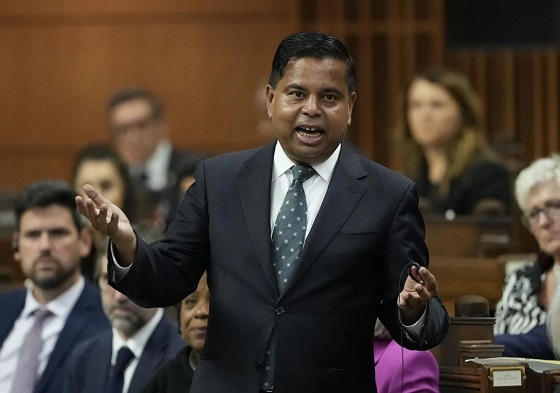
 Business2 days ago
Business2 days agoPublic Safety Minister admits gun buyback program is waste of money and resources – 742,000,000 projected cost to taxpayers
-

 Health2 days ago
Health2 days agoMedical experts urge Supreme Court to protect women’s sports from ‘transgender’ males in landmark case
-
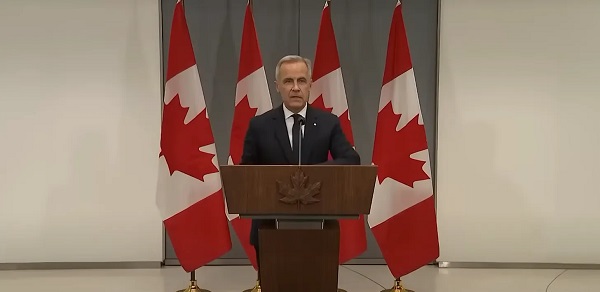
 National24 hours ago
National24 hours agoStatscan: Canada is getting Older, Poorer, and Smaller
-
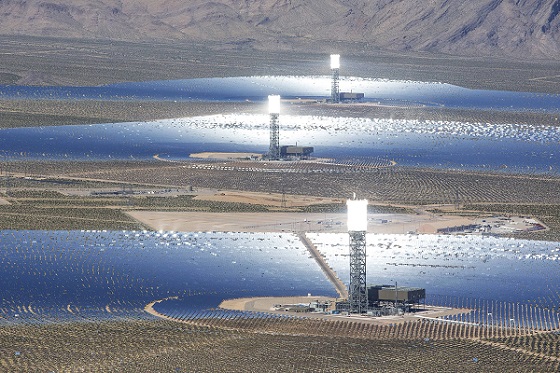
 Business1 day ago
Business1 day agoOver $2B California Solar Plant Built To Last, Now Closing Over Inefficiency
-
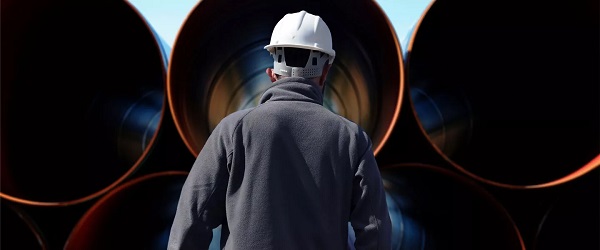
 Alberta2 days ago
Alberta2 days agoFederal policies continue to block oil pipelines
-

 Energy17 hours ago
Energy17 hours agoBig Tech’s ‘Misleading’ Green Energy Claims May Plunge Nation Into Blackouts, AGs Warn
-

 Canadian Energy Centre2 days ago
Canadian Energy Centre2 days agoAltaGas boosts Canada-Asia energy trade with new butane exports
-

 Business1 day ago
Business1 day agoGoogle Admits Biden White House Pressured Content Removal, Promises to Restore Banned YouTube Accounts





